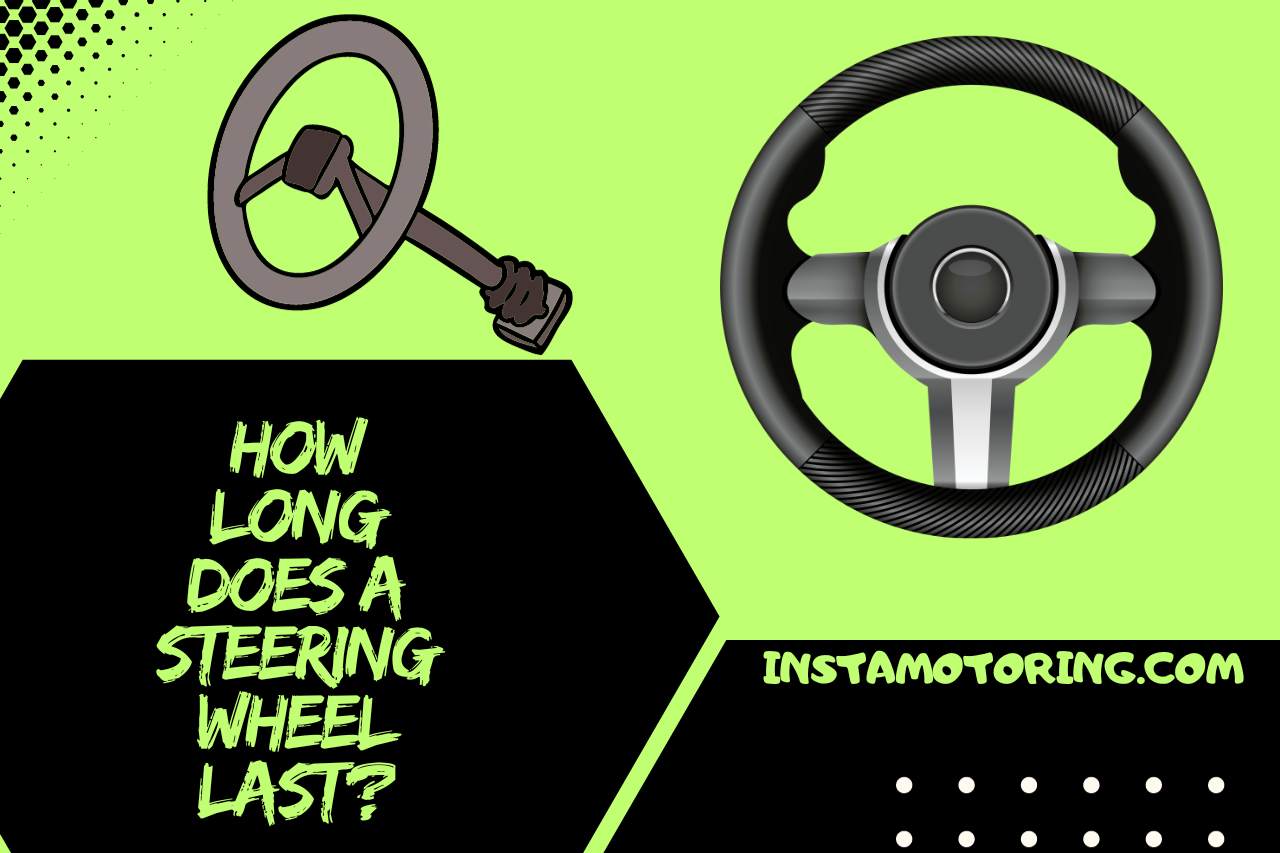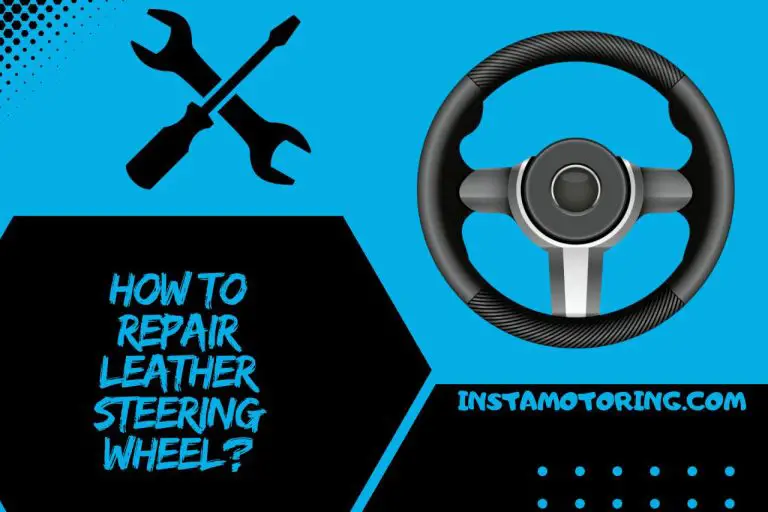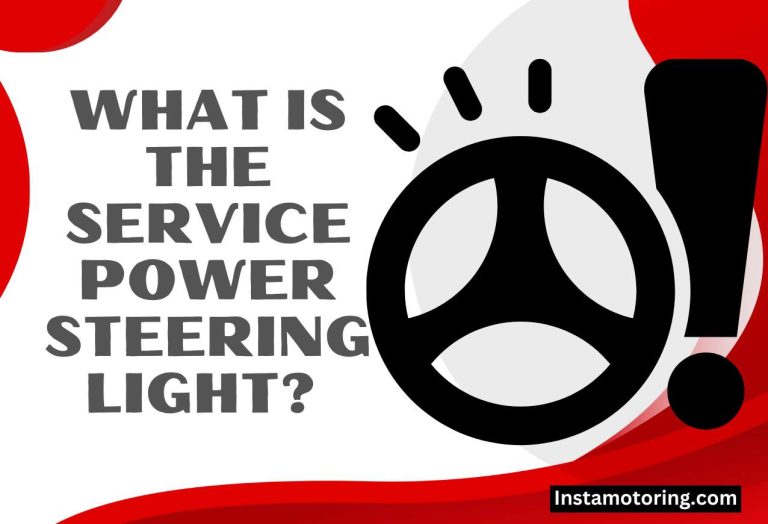How Long Does a Steering Wheel Last?
The steering wheel is the component of a vehicle that we touch the most. Consequently, it is bound to experience wear and tear over time. If you’re unsure about how long a steering wheel lasts, this article is for you.
Today, we will discuss the durability of steering wheels and much more.
How Long Does a Steering Wheel Last?
In most cases, steering wheels are built to last for the entire lifespan of your vehicle, which can range from 10 to 20 years or more.
Steering wheels are made from durable materials like leather, synthetic leather, or hard plastic, designed to withstand daily wear and tear.
However, certain conditions may shorten the steering wheel’s life. Excessive exposure to sunlight and heat can lead to cracking and fading.
How to Extend the Lifespan of a Steering Wheel?
Here are some tips to extend the lifespan of a steering wheel.
- We recommend regular cleaning of the steering wheel to remove dirt, oils, and grime. Note that the cleaner you use must depend on the steering wheel material to prevent damage during cleaning.
- Consider using a steering wheel cover to protect against wear and tear, especially if the material is prone to damage from sunlight or frequent use.
- Park in shaded areas or use a sunshade to protect the interior, including the steering wheel, from UV damage.
- If your steering wheel is leather, use a quality leather conditioner to prevent cracking and drying.
- Avoid gripping the steering wheel too tightly or using excessive force, as this can accelerate wear.
- Periodically check for signs of wear and address any issues promptly to prevent further deterioration.
Can You Repair a Steering Wheel?
Yes, you can repair a steering wheel. Common repairs include addressing wear and tear on the surface, fixing cracks or peeling, reupholstering with materials like leather, and restoring faded colors.
We have a dedicated article on “how to repair a leather steering wheel.” Hope it helps you.
For more technical issues like loose steering wheels or problems with integrated controls, professional service is recommended. However, significant damage, especially to structural or safety components, often warrants a replacement rather than a repair.
Can You Replace the Steering Wheel?
Yes, you can replace the steering wheel of a vehicle. People tend to replace the steering wheel for aesthetic customization, ergonomic comfort, or performance enhancement purposes.
When doing so, it’s important to consider factors like compatibility with your vehicle’s make and model, integration with existing safety features (such as airbags), adherence to legal regulations, and potential impacts on warranty and insurance.



My name is James, I work as an Automotive Designer with 9 years of experience. I also work as a mechanic and vehicle inspector. I love deciphering complicated car exteriors and interiors and resolving fluid and oil troubles. InstaMotoring.com is here to help you troubleshoot your car with dependable and expert help.


![Can You Replace a Steering Wheel? [Factors to Consider]](https://www.instamotoring.com/wp-content/uploads/2023/10/why-does-my-mattress-move-away-from-headboard-6-768x512.jpg)

![What is a Quick-release Steering Wheel? [Pros and Cons]](https://www.instamotoring.com/wp-content/uploads/2023/09/How-often-should-you-pressure-wash-your-driveway-50-768x512.jpg)


